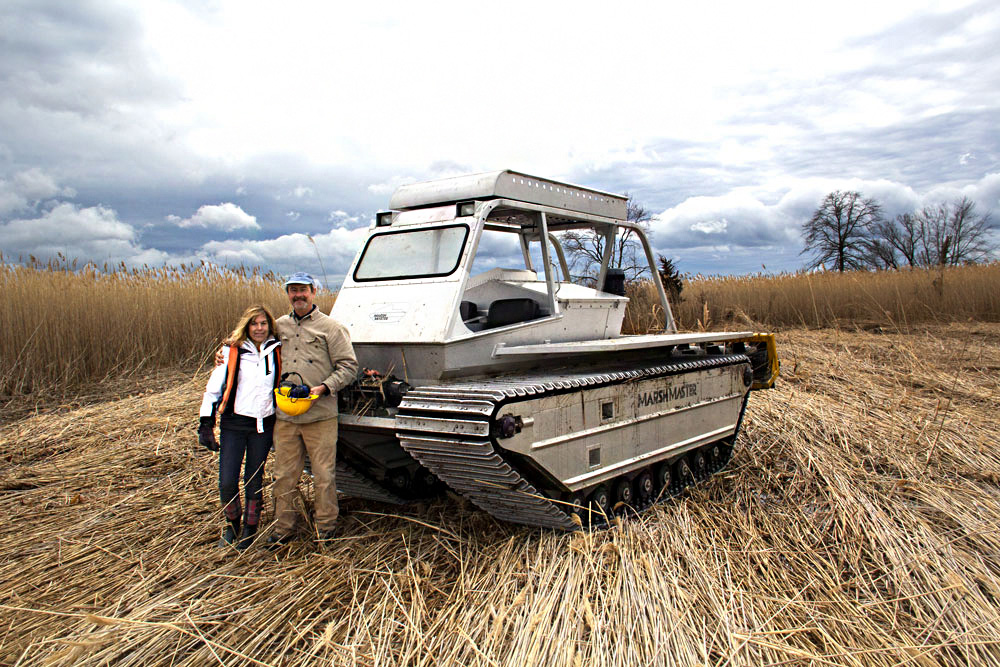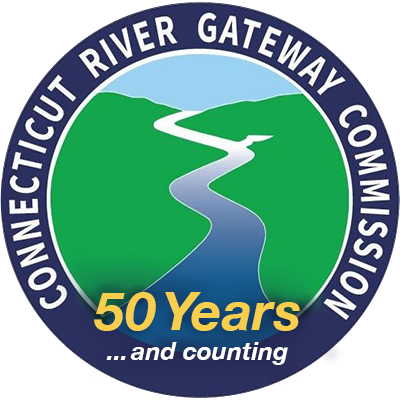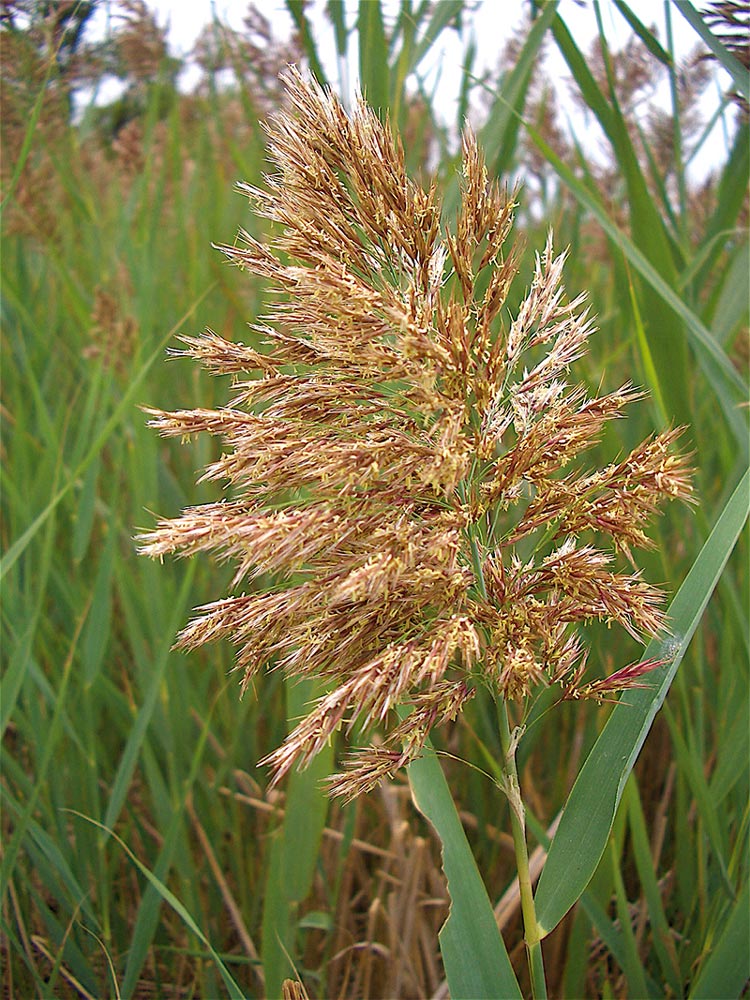Success Stories
Judy Preston
The Problem with Phragmites
Many of us admire the tall, tassel-topped marsh grass along our river shores, thinking it is part of the native habitat. But, most likely, we are looking at a type of Phragmites, or common reed, not original to North America but accidentally introduced, probably as ship ballast released by European boats in the late 1700s
Although perhaps beautiful to our eyes, this plant crowds out native plants by growing in extremely thick clusters, upwards of 18 feet tall. If you look closely in a Phragmites patch, what you won’t see are other plants growing there. Once Phragmites takes over an area, it doesn’t provide the food or nesting areas needed by birds, amphibians, fish, insects — all the life that makes wetlands valuable to nature and us.
Non-native Phragmites has been declared invasive in Connecticut and many other states.
The Connecticut Department of Energy and Environmental Protection (CTDEEP) has attempted to rid tidal marshes of this invasive plant. Unfortunately, the work is expensive, and if it is not thorough enough, many areas initially cleared are taken over again by Phragmites. This happened in the Lord Cove marsh in Lyme, across the river from Essex.
Enter a public-private conservation partnership supported, in part, by the Connecticut River Gateway Commission.
A team in 2017, led by botanist and soil scientist Rich Snarski, developed a plan of treatment to kill off the Phragmites. Snarski was joined by DEEP, the US Fish & Wildlife Service (USFWS), The Nature Conservancy (TNC), the Lyme Land Conservation Trust and private citizens.
Ridding the marshes of Phragmites required physically cutting the plants, and then applying an herbicide to kill new shoots as they sprouted. This had to be done over several growth cycles in a three-year project. Although the team made progress, they fell short of funds.
When Snarski and Lyme Land Trust asked for assistance, the Gateway Commission voted to provide $30,000 over two years. While funding annual invasive species management programs by towns and conservation organizations is not part of the Commission’s mission, the Commissioners decided this would be a good pilot project to show how multiple organizations and residents could collaborate to develop a multi-year solution based on plant science, not annual availability of funds. Lord’s Cove, one of the iconic scenic areas on the River, is accessible to many by kayaks and non-motorized watercraft.

Laurie and Rich Snarski with the U.S. Fish and Wildlife Service’s “Marsh Master,” used to tackle invasive Phragmites in Lord’s Cove on the Connecticut River.
Year One involved mowing the Phragmites with a “Marsh Master” owned and operated by the USFWS. After, an EPA-approved and DEEP-accepted herbicide was applied. The chemical application occurred a 2nd time, followed by individual applications of the herbicide by Snarski with a backpack sprayer.
As of the time of this article, the Lord Cove Phragmite growth is under control, part of a successful partnership to restore nature in the Gateway region.
Learn about Controlling Invasive Plants In and Along the River »

